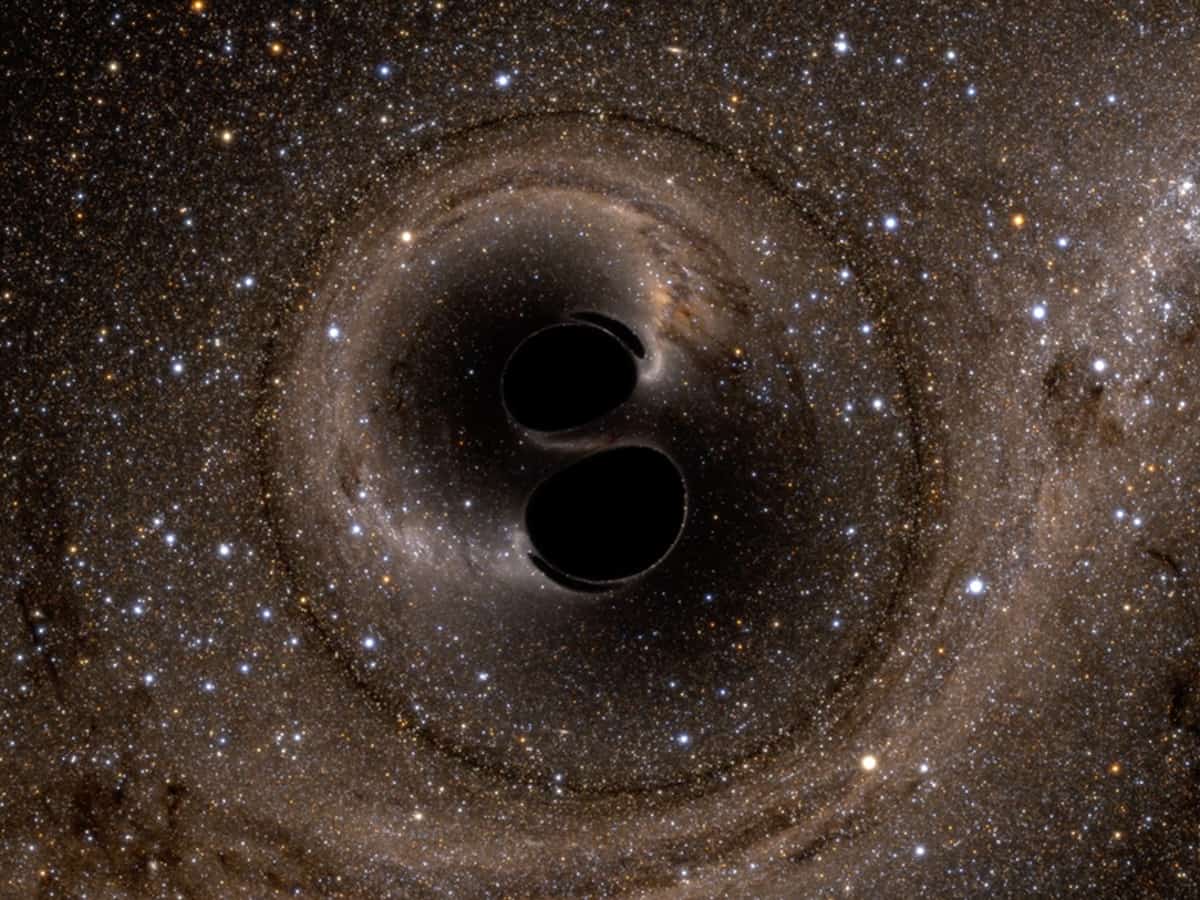
Berlin: Astronomers make astonishing discoveries every now and then. One of the most fascinating subjects for any astronomer is without a doubt, the black hole. A recent discovery by a team of astronomers found that the black hole spins on its side.
The team published their findings in the journal ‘Science’.
Scientist Prof. Dr Svetlana Berdyugina, Professor of Astrophysics at the University of Freiburg and Director of the Leibniz Institute for Solar Physics (KIS), together with an international team of astronomers, has reliably measured for the first time a large difference between the rotation axis of the black hole and the axis of the orbit of the binary star system named MAXI J1820+070.
The black hole’s rotation axis is tilted by more than 40 degrees with respect to the axis of the star’s orbit. “This finding challenges current theoretical models of black hole formation,” Berdyugina said.
“The difference of more than 40 degrees between the orbital axis and the spin of the black hole was completely unexpected. Scientists have often assumed that this difference is very small when modeling the behavior of matter in a curved period around a black hole,” Berdyugina explained.
The new finding forced astronomers to add a new dimension to their models.
The research team made its discovery with the astronomical polarimeter DIPol-UF, an instrument for measuring the angle of the optical rotation of light. It was built by the Leibniz Institute for Solar Physics (KIS) and the University of Turku/Finland. It was finally put to use in the Nordic Optical Telescope on La Palma, Spain.
“Our polarimeter used, DIPol-UF, is unique in its ability to measure optical polarization with the precision and accuracy of a few parts per million. Determining the orbital orientation of black holes based on polarization opens a new path to understanding their formation and physics,” Berdyugina explained.
The black holes in binary star systems were formed by a cosmic cataclysm – the collapse of a massive star. Now, the researchers noted how a black hole drags matter from the nearby, lighter companion star orbiting the system’s gravitational centre.
Bright optical radiation and X-rays as the last sign of infalling material were seen, as well as radio emission from the jets ejected from the system. By tracking the luminous gas streams, the jets, in the radio and X-ray range, the scientists were able to pinpoint the direction of the black hole’s rotation axis.



